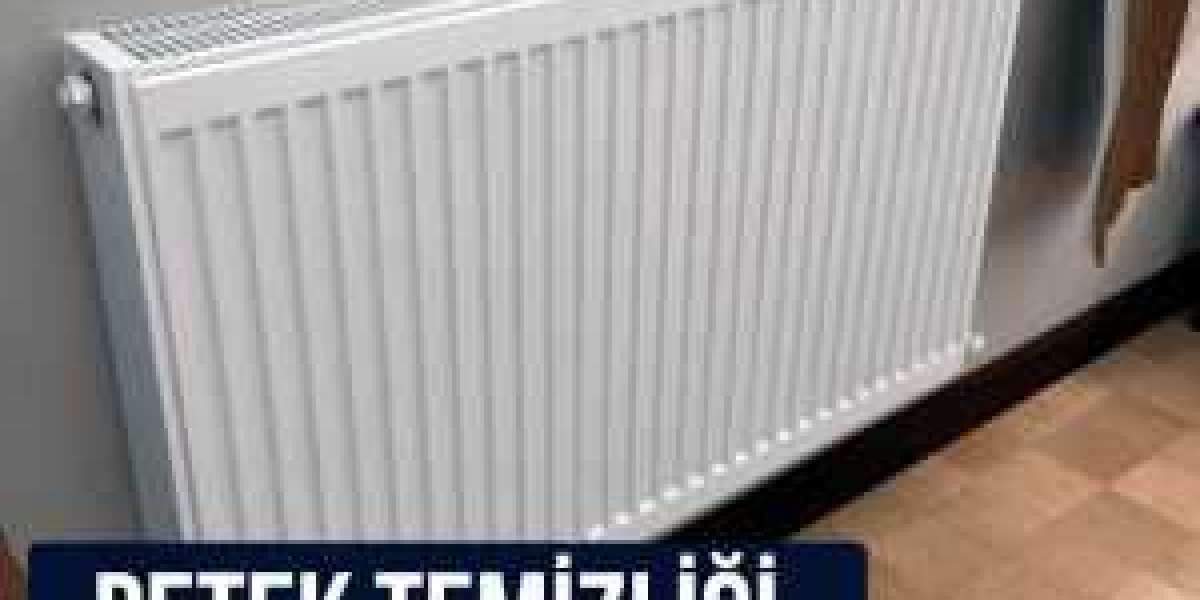In the rapidly evolving electronics industry, the quest for materials that can enhance performance, ensure reliability, and manage heat dissipation is unending. Among the materials making significant strides is Aluminum Nitride (AlN) ceramic substrates. Known for their exceptional thermal conductivity and electrical insulation properties, AlN substrates are becoming indispensable in various high-tech applications.
Unparalleled Properties of Aluminum Nitride
Aluminum Nitride is a ceramic material composed of aluminum and nitrogen. Its standout feature is its high thermal conductivity, typically around 150 W/m·K, which is significantly superior to traditional alumina ceramics. This property allows for efficient heat dissipation, crucial in high-power electronic devices. Additionally, AlN exhibits excellent electrical insulation, high mechanical strength, and resistance to high temperatures, making it ideal for demanding electronic applications.
Diverse Applications in Electronics
The unique characteristics of AlN ceramic substrates have led to their widespread adoption across various sectors:
- Power Electronics Packaging: In devices like power supplies and inverters, effective heat management is vital. AlN substrates facilitate efficient thermal dissipation, ensuring device stability and longevity.
- LED Thermal Management: LEDs generate substantial heat during operation. AlN substrates help in dissipating this heat, preventing performance degradation and extending the lifespan of LED components.
- Automotive Electronics: With the rise of electric vehicles, the demand for reliable electronic components has surged. AlN substrates are utilized in battery management systems and motor drives, where efficient heat dissipation is critical.
- RF and Microwave Devices: For high-frequency applications, AlN substrates provide low dielectric constants and high thermal conductivity, ensuring efficient signal transmission and heat management.
- Aerospace and Military Applications: AlN substrates are employed in environments requiring high reliability and performance under extreme conditions, such as in aerospace and defense electronics.
Challenges and Opportunities
While the prospects are promising, the AlN substrates market faces challenges:
- High Production Costs: The sophisticated manufacturing processes and high-quality raw materials required for AlN substrates contribute to elevated production costs, potentially impacting market penetration.
- Competition from Alternative Materials: Materials like silicon carbide and gallium nitride offer similar properties, posing competition to AlN substrates.







